|
Composite decking has advantages, such as not requiring maintenance to look good all year around. Priced comparably similar to timber decking, it may be attractive to the DIY buyer. Unfortunately, it is required to be adequately installed, otherwise it may become non-functional very fast. The deck I saw last week had many poor DIY issues, resulting in movement of the decking boards. Some areas of the decking was completely unsupported as the decking had slipped off the joists. Sewer inspection points were decked over without thought to access points, resulting in quite a few decking boards that will require removal to access if required. The composite decking boards were attached with DIY concealed fix clips, which gives a nice clean look, but also resulted in every board sliding out of position. This is not common, although composite decking boards are reactive to temperature variations, the boards can change in length once cut. Some brands recommend picture framing or breaker boards that help reduce movement as they are fixed with screws into the underside of the deck. Other brands such as Modwood allow for surface fixing, that would resolve this issue. When installing, a 2mm gap between the cut ends is required, due to expansion on some brands. Another notable issue, is that the decking can get very hot under foot, if installed as a low level deck with limited ventilation. Some brands require 300mm clearance others
0 Comments
The builder can often leave your new home, completed but still requiring pathways, storm water or earthworks to be completed.
Your engineering report will state that these must be done, unfortunately this can be overlooked for many years, resulting in areas of concern. This week I looked at a house that was built 10 years ago and still had incomplete external pathway areas. The builders timber debris was still lying around in the mud, resulting in termite activity. The mud had breached the concrete slab damp proof course and encapsulated the brick expansion joints and the lower course of the brickwork. This had resulted in moisture transfer on to the house brickwork, as well as breaching the termite control systems done when the house was built. Moisture salting can be noticed on the brick and mortar face. Termite attacked timber was located right next to this area. Inspections are a must in all houses that you want to purchase. |
AuthorSteve McLeod Archives
December 2023
Categories |
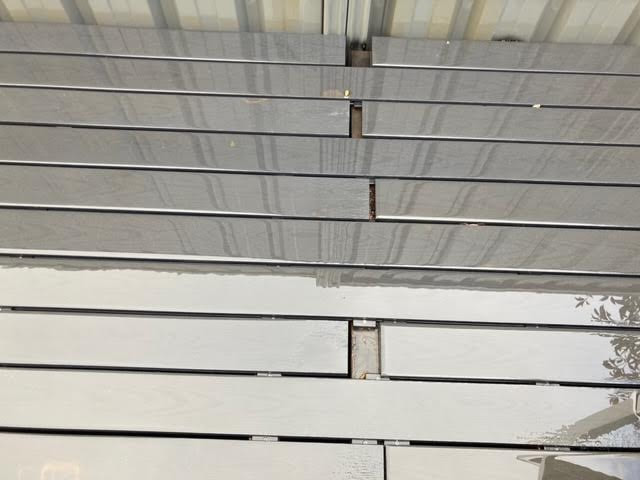
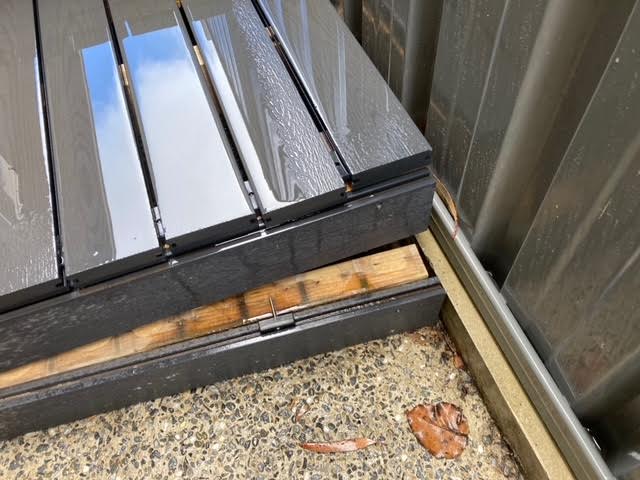
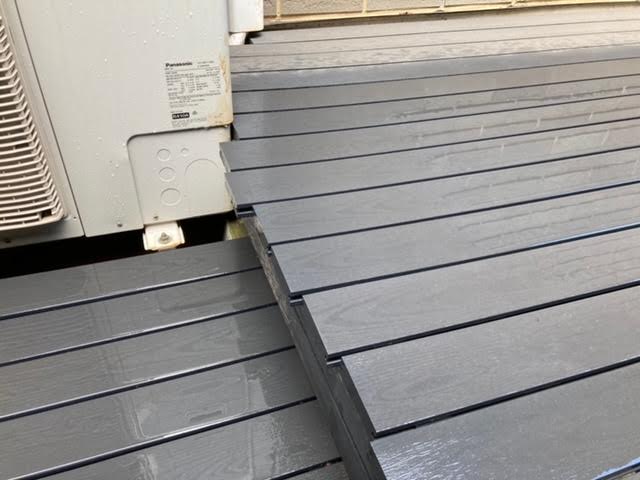
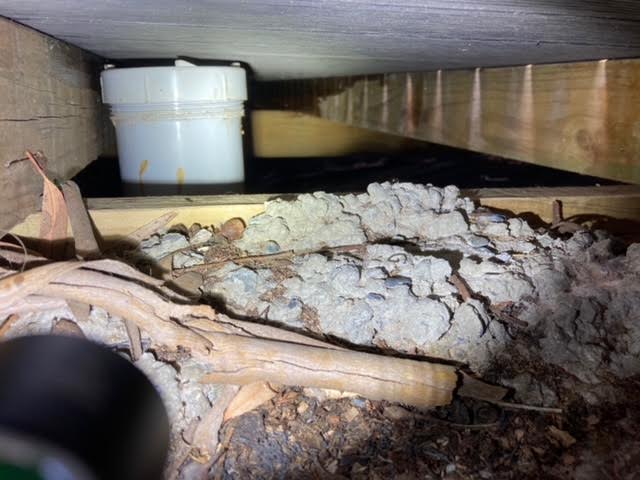
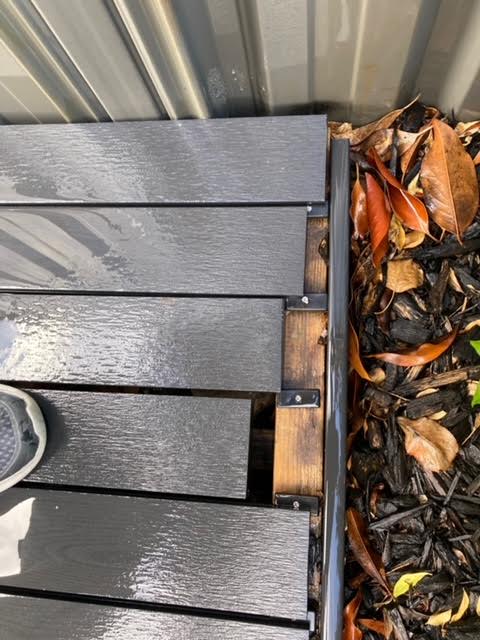
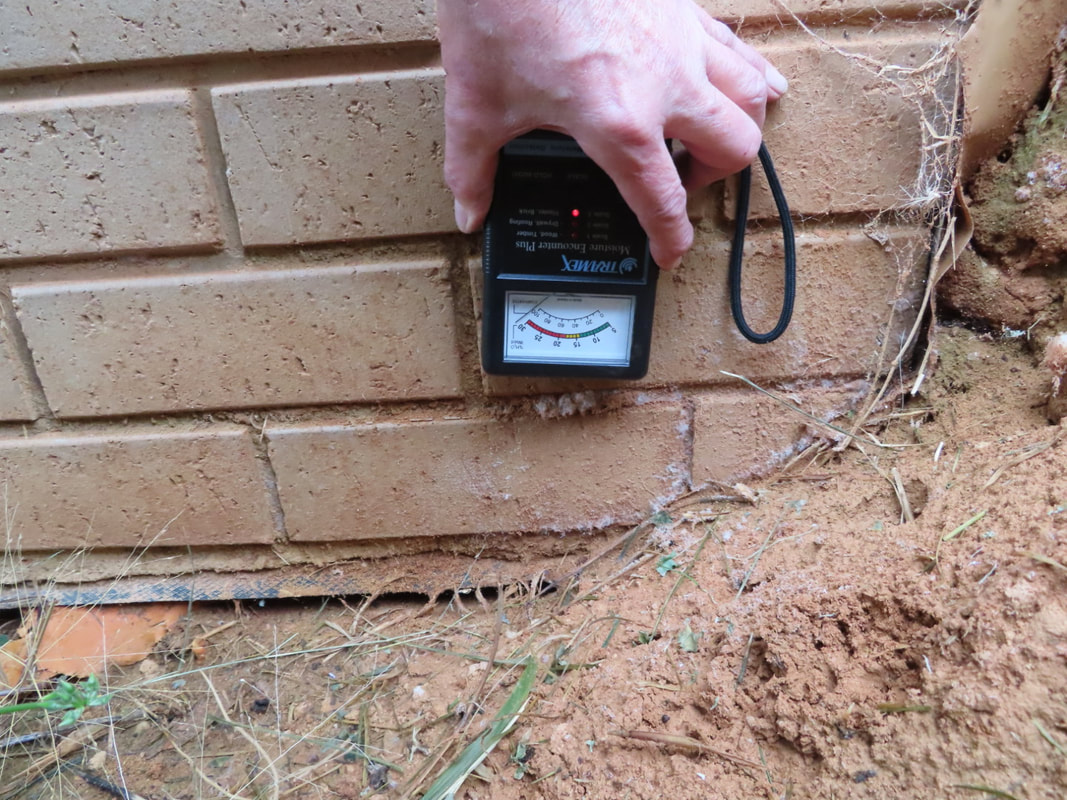
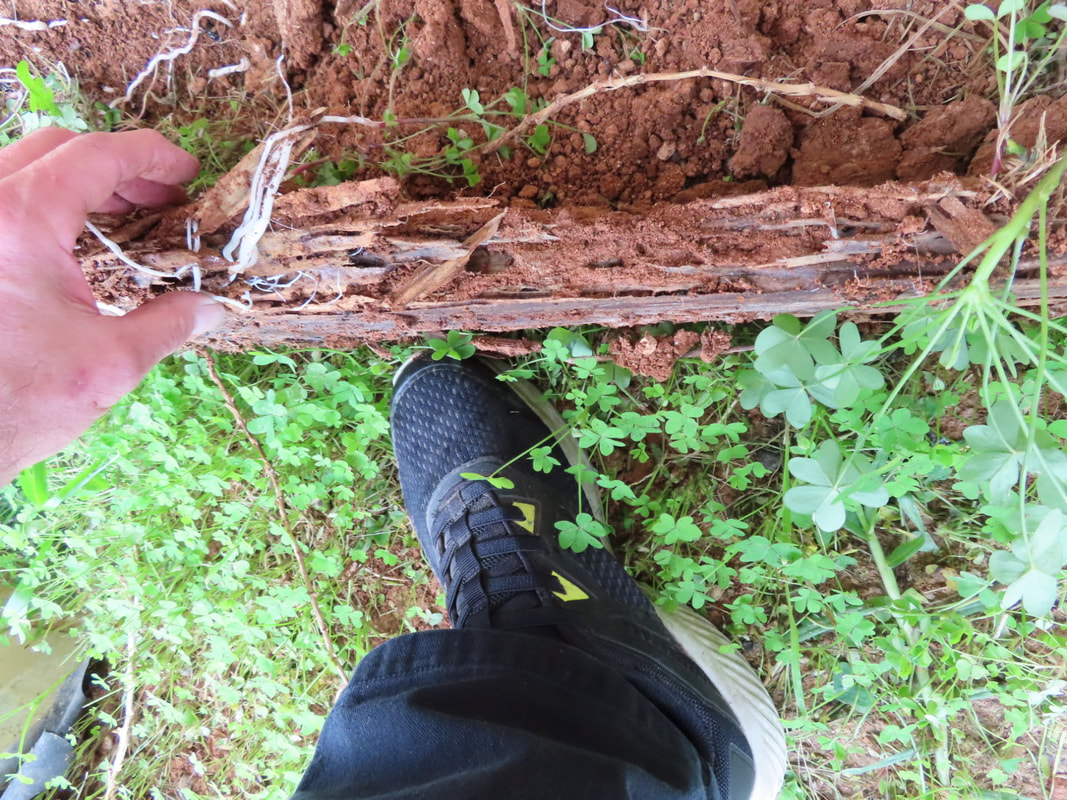
 RSS Feed
RSS Feed